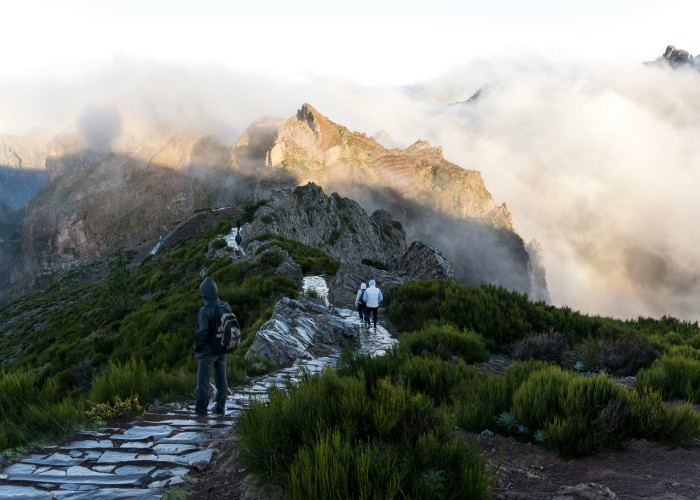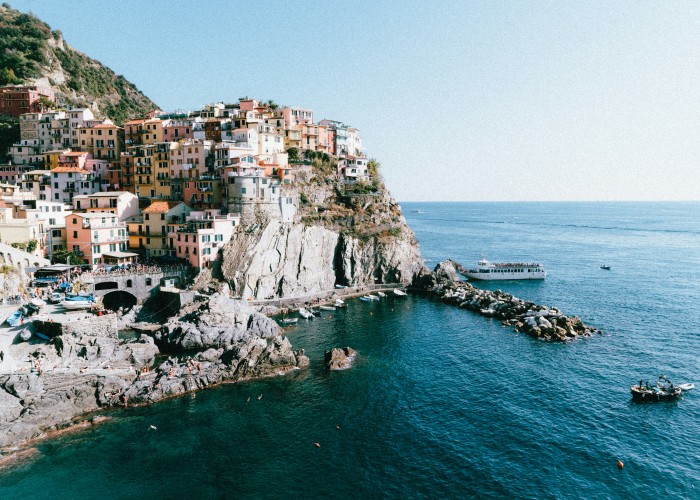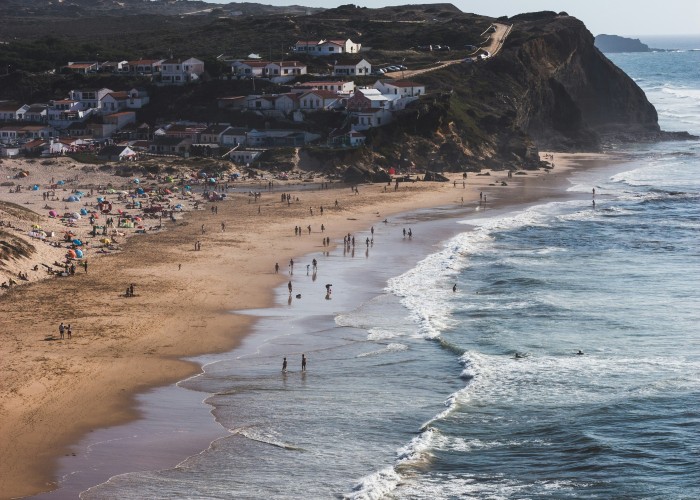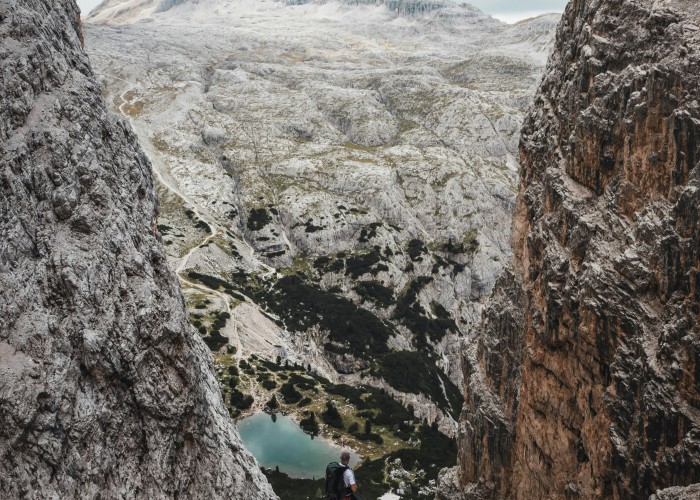Picos de Europa stands as one of northern Spain’s most scenic mountain ranges, stretching across Asturias, Cantabria, and Castile and León. These jagged peaks, deep gorges, and green valleys are celebrated for their dramatic landscapes, traditional villages, and rich biodiversity. Hikers from the USA, UK, Australia, and Germany are drawn here for the rugged trails, wildlife, and immersive mountain culture. Popular routes include the iconic Cares Gorge and ascent to the highest peak, Torre de Cerredo, all embedded in a national park with welcoming mountain refuges. Picos de Europa Hikes Trek – Spain.
Best Time to Visit
Your timing can transform the experience:
- June to September offers reliable weather, open trails, and accessible refuges. Wildflowers flourish in summer.
- July and August bring warm days—good for high passes—but expect more hikers.
- Late May and early October offer fewer crowds and colored grasses, though snow may linger above 2,000 meters.
- Winter hikes are advanced—many trails close due to snow and avalanche risk.
How to Reach (Train / Road / Air)
These are the key access points for Picos de Europa:
- By air: Asturias Airport and Santander Airport connect internationally. From there, rent a car or join regional transport to trailhead towns.
- By train or bus: Rail links to León or Oviedo, followed by buses to mountain hubs like Cangas de Onís, Potes, or Arenas de Cabrales.
- By road: Driving through scenic rural roads brings flexibility—ideal for carrying gear or reaching remote trailheads.
- Local transfer: Regular buses connect villages and trail access points. Some accommodations offer shuttle services.
Entry Fees and Permits (Approximate or Subject to Change)
- No general entry fee is required to explore Picos de Europa. Trails are public within the national park.
- Parking or conservation fees may apply at information centers, with rates subject to change.
- Mountain refuges charge modest nightly fees—typically 20 to 40 euros, depending on shared room or private space.
- No special permits are needed for most hiking routes, though guided climbs or alpine routes may require authorization.
Food Availability and Meal Options During the Tour
Hiking in Picos offers solid food support:
- Refuges serve dinner, breakfast, and snacks. Expect regional dishes like bean stews, cured meats, and local cheeses.
- Mountain villages offer taverns and groceries for resupply before or after hikes.
- Self-carry snacks are wise for long treks—trail bars, fruit, nuts keep energy up between stops.
- Water is generally available at refuges; mountain streams are frequent but could benefit from simple filtering.
Packing List and Essentials
Here’s what to bring for comfortable and safe trekking:
- Robust hiking boots and breathable socks
- Weatherproof jacket and insulating mid-layer
- Lightweight trekking trousers and top layers
- Daypack (30–40 L) with rain cover
- Trekking poles—especially helpful on rocky ascents
- Hat, sunglasses, sunscreen for sun protection
- Refillable water bottle and optional filter
- Portable first-aid kit including blister care
- Headlamp and spare batteries
- Map or GPS device with offline capabilities
- Lightweight sleeping liner for refuges
- Basic toiletries and microfiber towel
Safety Tips and Local Regulations
- Trail conditions vary—some paths such as the Cares Gorge are well maintained, while remote passes can be steep and rocky.
- Check weather often—fog and storms roll in quickly. Have warm layers and waterproof gear on hand.
- Stay on marked trails—venturing off-route risks falls and ecological damage.
- Wildlife respect: graze livestock and protected species. Keep distance and avoid feeding animals.
- Refuge etiquette: book in advance, remove boots indoors, and respect communal quiet hours. Picos de Europa Hikes Trek – Spain.
- Emergency number: Dial 112 in Spain.
- Always leave no trace—pack out any litter and minimize mountain impact.
Tips for Beginners or First‑Time Visitors
- Begin with simpler trails like the Cares Gorge before tackling high passes.
- Divide longer routes into manageable days, staying in mountain refuges or villages.
- Reserve spaces at popular refuges early, especially during summer weekends.
- Practice with gear on shorter local hikes to know your comfort level.
- Carry extra food and water—you never know where a stop may delay unexpectedly.
Local Customs or Cultural Etiquette
- A friendly “Buenos días” or “Buen camino” (have a good hike) goes a long way.
- At refuges, share space quietly—respect bedtime and wake-up routines of others.
- Rural communities honor local produce—try local cheeses, honey, or cider offered at mountain inns.
- Preserve landscape integrity—avoid picking wildflowers or disturbing stone walls, which are historically crafted.
FAQ Section
How long are popular hikes?
Cares Gorge is around 12–15 kilometres one way. Multi-day routes can stretch 30–50 kilometres or more, depending on your plan.
How difficult are Picos hikes?
Difficulty varies: Gorge trails are mild to moderate; summit attempts are more challenging and may require scrambling experience.
What are typical elevation ranges?
Valleys sit near 600–800 meters; peaks like Torre de Cerredo reach over 2,600 meters, demanding steady ascent. Picos de Europa Hikes Trek – Spain.
Are restrooms available?
Yes—available in villages and some refuges. Remote areas may lack facilities, so plan accordingly.
Suitable for beginners?
Yes, with care. Start slow, stick to established trails, and avoid overly long days early on.
Is the path well marked?
Most main routes are clearly marked; always carry a map or GPS as backup.
Do I need a sleeping bag?
A lightweight liner is usually sufficient; refuges provide bedding, though private accommodations provide full linens.
Is mobile signal reliable?
Coverage is inconsistent in the mountains; download maps before heading out and share your itinerary with someone.
Is wild camping allowed?
Permits vary. In general, it’s tolerated in remote areas when done respectfully, but stay aware of protected zone rules and carry out all trash.
Final Thoughts
Trekking in Picos de Europa offers a memorable blend of wild mountain terrain, cultural richness, and scenic valleys. Whether you’re traveling from the USA, UK, Australia, Germany, or elsewhere, these peaks offer unforgettable vistas and a peaceful connection with nature. With solid preparation, a flexible plan, and respect for local traditions and landscapes, your Picos adventure can become one of your most cherished travel memories. Happy hiking! Picos de Europa Hikes Trek – Spain.





Leave a Reply